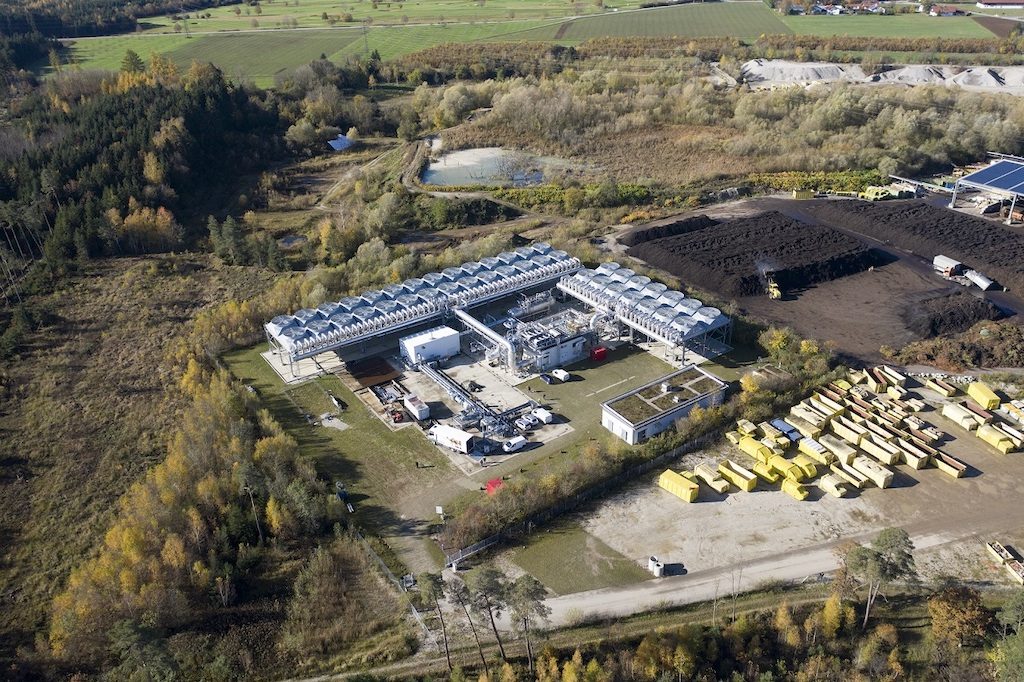Munich city utility builds new district heating plant at Kirchstockach geothermal plant

With a new district heating station being built at the Kirchstockach geothermal power plant near Munich, the city utility of Munich, SWM, is now moving forward in the connection of the geothermal plants in the south of the city.
The city utility of Munich in Germany, Stadtwerke München (SWM) is continuing the build-out of its district heating systems. The utility is now building a new district heating station using geothermal energy to extract heat at the Kirchstockach geothermal plant.
The plant will be built in front of the geothermal plant on the left in the picture above. On the right, the bio-waste fermentation plant of the operator Ganser Entsorgung, whose heat will be fed into the network in the future. With these plans, SWM is going ahead with another building block for the energy transition south of the Bavarian capital.
In addition to the geothermal station, there is a connection line that also integrates the bioenergy plant located next door and will be the first to supply the buildings of the South East School Purpose Association in Ottobrunn and Neubiberg. The construction phase is scheduled for March 2021. According to the municipal utilities, this is the first step in the heat connection of the geothermal plants in the south of Munich.
So far, geothermal energy at the Kirchstockach and Dürrnhaar sites has been purely used to generate green electricity. SWM acquired the two geothermal plants in 2016, and also built the Sauerlach plant in 2014 with electricity and heat coupling in close consultation with the municipality. Now the technical building will be built on the site of the Kirchstockach geothermal plant and the connecting line laid. This creates the prerequisites for connecting the heating network that has been continuously built up over the past few years to the geothermal plant. In the future, hot water could also be used to transport thermal energy to customers here.
District heating is modularly planned according to the SWM. In the first step, a thermal output of 12 MW is coupled out. By exchanging and expanding components, the system can be expanded to 40 MW and thus be adapted to a growing network capacity.
An integrated cogeneration plant increases the security of supply at the location by generating its own electricity, and the waste heat is also used in a climate-friendly manner. In addition, in a cooperation with Ganser Entsorgung, operator of the bio-waste fermentation plant next door, the heat generated there is also used.
According to the SWM, this combined climate-friendly heat extraction has been developed together with the Munich district and the municipalities involved in the school purpose association. In addition to supplying the neighbouring communities, geothermal energy from the region will also be integrated into the SWM district heating system in the future. For this, around 22 kilometers of connecting lines have to be built. A feasibility study for precise routing will follow in the coming years.
Source: SWM (pdf)